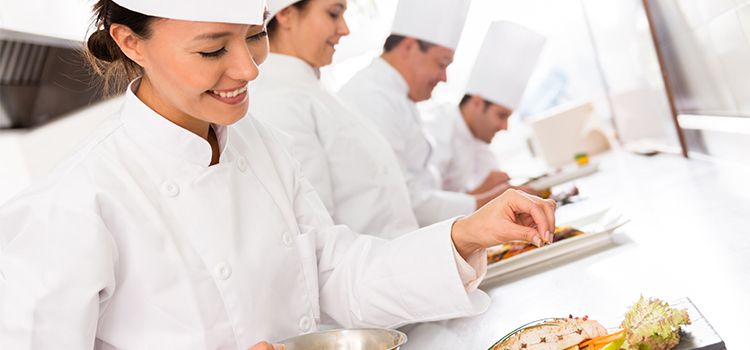Introduction
In the fast-paced world of culinary arts, chefs don their iconic chef hats, coats, and pants, ready to create culinary masterpieces. However, amidst the hustle and bustle of the kitchen, hygiene can sometimes take a backseat.
Maintaining proper hygiene is not only crucial for the health and safety of customers but also reflects the professionalism and integrity of the culinary establishment. Let’s delve into the top 5 hygiene mistakes chefs should avoid to uphold standards of cleanliness and excellence.
1. Neglecting Hand Hygiene
Chef coats and pants may be impeccably clean, but what about the hands that handle the ingredients? One of the gravest mistakes chefs can make is neglecting proper hand hygiene. Despite the rigorous demands of the kitchen, chefs must prioritize frequent handwashing with soap and water, especially after handling raw meat, poultry, or seafood. Ignoring this fundamental practice can lead to cross-contamination and the spread of harmful bacteria, jeopardizing diners’ health.
2. Overlooking Equipment Sanitization
While donning their crisp chef coats and chef pants, chefs often wield an array of kitchen tools and equipment. From cutting boards to knives, every surface that comes into contact with food must be thoroughly sanitized to prevent foodborne illnesses. Unfortunately, equipment sanitization can sometimes be overlooked amidst the chaos of a busy kitchen. Chefs should make it a habit to sanitize all utensils and surfaces before and after each use, ensuring the highest hygiene standards are maintained.
3. Mishandling Ingredients
A chef’s hat symbolizes authority and expertise in the kitchen, but even the most seasoned chefs can make hygiene mistakes when handling ingredients. Cross-contamination can occur when raw and cooked foods come into contact with each other or when using the same utensils without proper cleaning. To avoid this, chefs should designate separate cutting boards and utensils for raw and cooked foods, minimizing the risk of contamination and ensuring the safety of the final dish.
4. Ignoring Personal Hygiene
While chef coats and pants contribute to a professional appearance, personal hygiene is equally vital in upholding kitchen standards. Chefs should adhere to strict grooming practices, including keeping hair tied back, wearing clean aprons, and refraining from touching their face or hair while cooking. Additionally, regular showers and clean uniforms are essential to prevent the spread of germs and maintain a hygienic environment in the kitchen.
5. Failing to Maintain Clean Workspaces
Amidst the flurry of activity in the kitchen, maintaining clean workspaces can easily fall by the wayside. However, cluttered countertops and messy stations impede efficiency and pose hygiene risks. Chef coats and pants may be pristine, but if workspaces are littered with crumbs, spills, and food debris, it’s only a matter of time before bacteria thrive. Chefs should make it a habit to clean and sanitize their workspaces throughout the day, promoting a culture of cleanliness and professionalism in the kitchen.
Conclusion
Proper hygiene is non-negotiable in the world of culinary arts. Donning their iconic chef hats, coats, and pants, chefs are responsible for upholding the highest standards of cleanliness and professionalism in the kitchen.
By avoiding these top 5 hygiene mistakes—neglecting hand hygiene, overlooking equipment sanitization, mishandling ingredients, ignoring personal hygiene, and failing to maintain clean workspaces—chefs can ensure the health and safety of their customers while showcasing their culinary talents with confidence and integrity. So, let’s raise our chef hats to a kitchen culture built on hygiene excellence.

